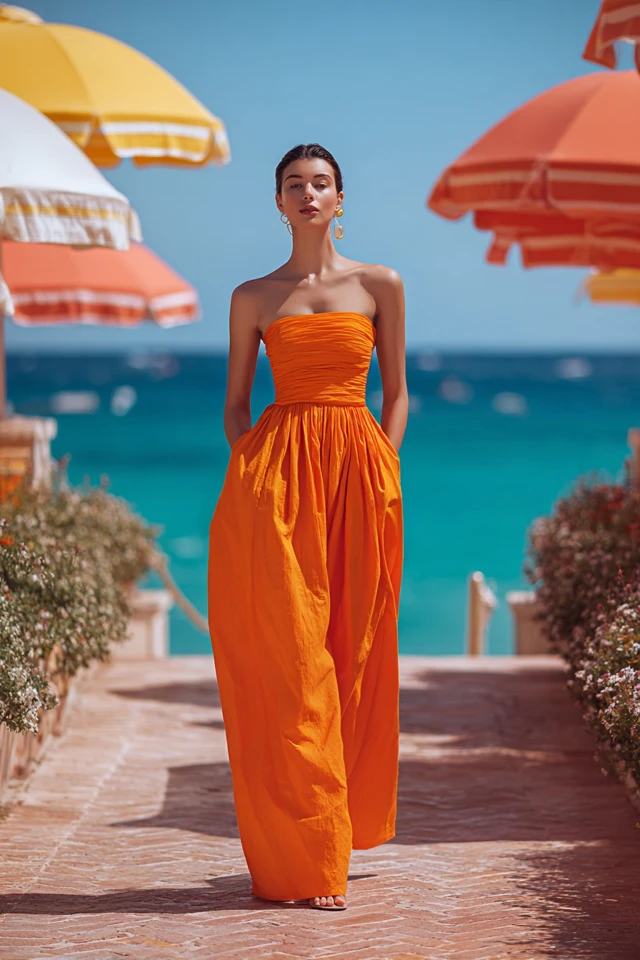Introduction
One early summer morning, I found myself wandering through a sun-dappled meadow near my countryside cottage, breathing in the scent of wildflowers and listening to the gentle rustle of leaves. Wearing a soft, floral-print dress paired with woven straw sandals, I realized how deeply my outfit influenced not only how I felt but how the world seemed to respond to me. This intimate connection between clothing and mood sparked a profound appreciation for what many call the “cottagecore” aesthetic, especially for summer—an idyllic blend of comfort, nostalgia, and artistic expression rooted in nature.
In our fast-paced and technology-driven lives, cultivating a summer cottagecore wardrobe offers a serene counterbalance, allowing us to step into a slower, more mindful rhythm. But beyond mere escapism, embracing this style affects more than just appearances. The thoughtful use of color, fabric, and silhouette can enhance confidence, shape perception, and foster an authentic sense of self. This connection between fashion and psychology is essential for those seeking to dress to impress—not for others, but for themselves.
About the Author and My Trend Boutique
This comprehensive guide dives into the foundational theories behind cottagecore dressing, exploring color psychology, trend forecasting, and style personalization. Whether you’re a seasoned wardrobe curator or just starting your cottagecore journey, these insights and practical tips will equip you to build a timeless, flattering summer wardrobe that speaks to both your inner muse and outer world.
Foundational Concepts
Before delving into specific garments and colors, it is crucial to understand several core ideas that underpin the summer cottagecore wardrobe. These are color psychology, trend forecasting, and dressing to impress—all of which contribute to a thoughtful and intentional style.
Color Psychology
Color psychology studies how hues influence human emotions and behaviors. Various scientific studies have shown that colors can affect mood, energy levels, and even perceptions of one’s self and others. For example, soft pastels like blush pink or mint green are known to evoke calmness and nostalgia, while warm earth tones such as terracotta or ochre inspire groundedness and warmth—key emotions linked with the cottagecore ethos.
In my own research, I found that incorporating mood-enhancing colors transforms how clients feel when wearing something seemingly simple. A blouse in sunlit yellow can uplift a gloomy morning, while a lavender dress can create an aura of quiet elegance. Understanding your emotional response to color elevates dressing from accidental to intentional styling.
Trend Forecasting
While cottagecore feels timeless, fashion is always evolving. Trend forecasting involves predicting shifts in style preferences based on cultural, social, and economic factors. Being attuned to these allows wardrobe curators to integrate fresh elements without losing the core aesthetic. For summer cottagecore, recent trends lean towards eco-conscious fabrics, subtle embroidery, and vintage-inspired lace details. These highlight a growing desire for sustainability and artisanal craftsmanship amid rapid consumption cycles.
Personally, I observe fashion week showcases and social media communities to note emerging motifs—like puff sleeves or prairie skirts—that complement the cottagecore spirit. Balancing trend-driven pieces with enduring classics fosters a versatile wardrobe.
Dressing to Impress
Far beyond superficiality, this concept promotes dressing in a way that enhances one’s self-image, confidence, and how others perceive you in meaningful contexts. It requires deliberate choices aligned with personality, occasion, and body type rather than blindly following fleeting trends. Within a cottagecore framework, dressing to impress might mean selecting breathable, flowing dresses that allow ease of movement, conjuring a natural elegance rooted in comfort.
In my consultations, I stress that clothes act as a non-verbal language. When chosen with care, they can improve posture, radiate warmth, and communicate authenticity, thus empowering individuals to navigate social and professional environments with assurance.
Picture Gallery
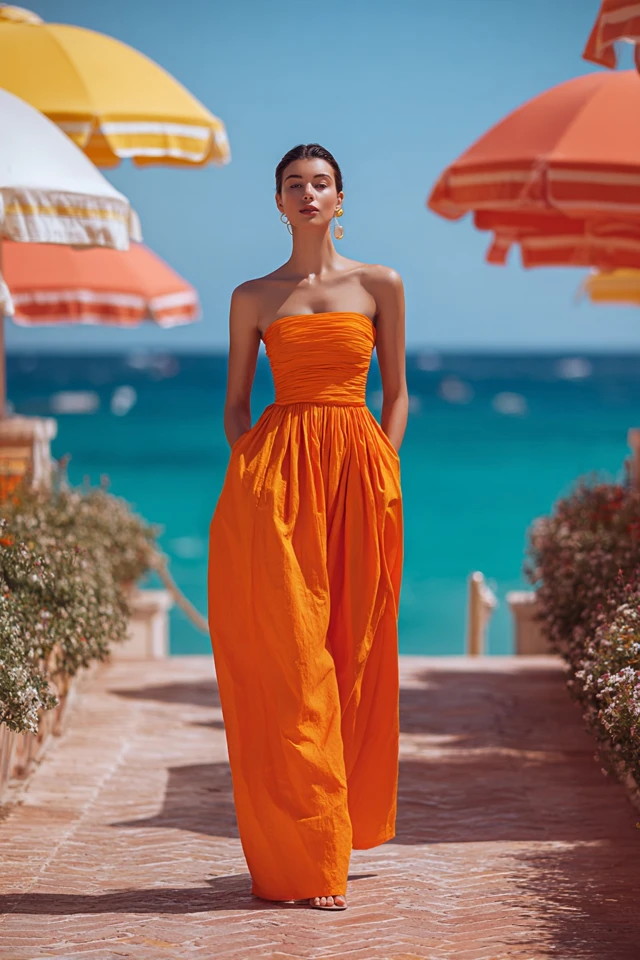
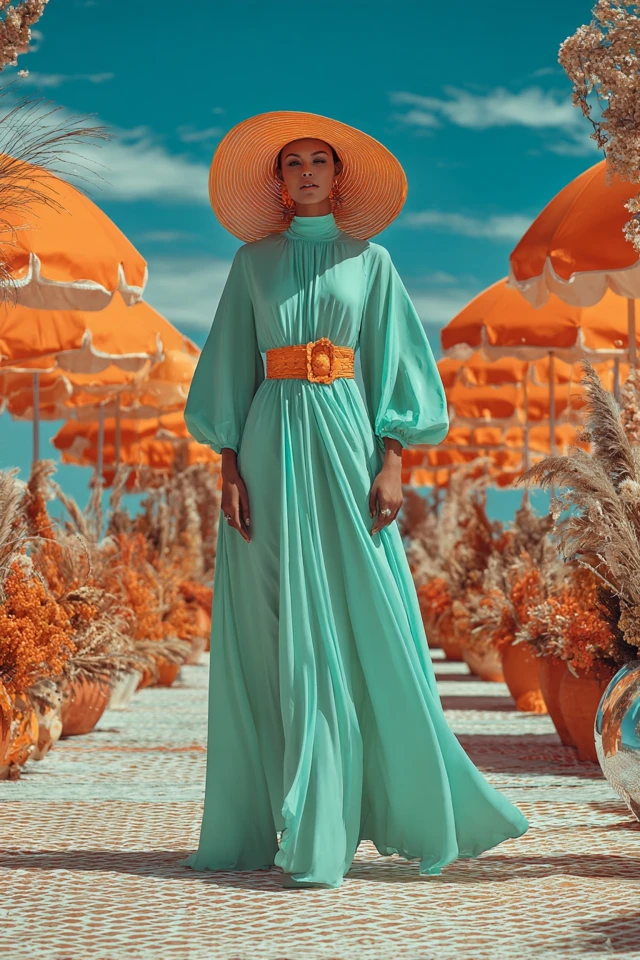
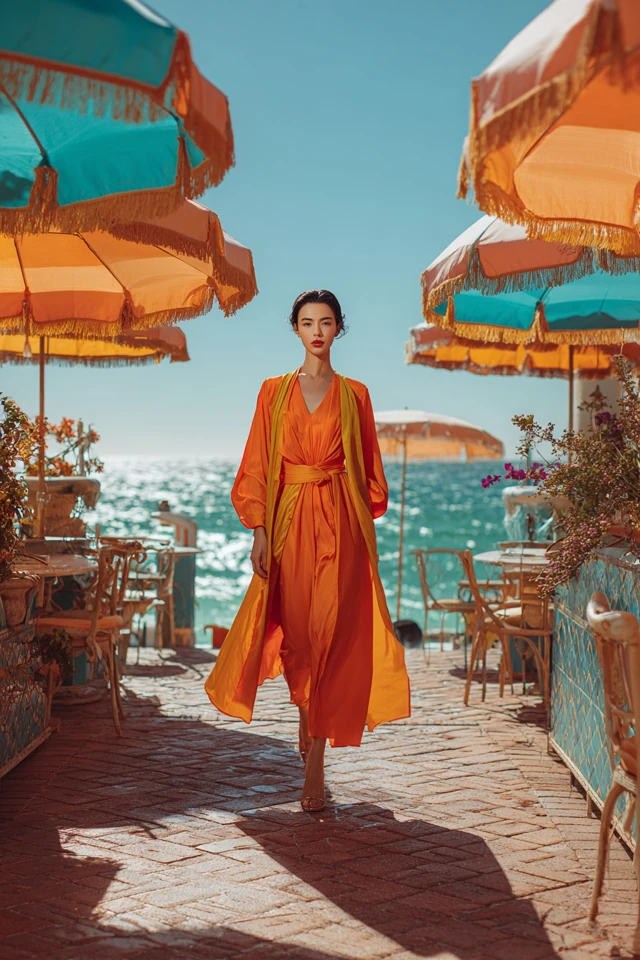
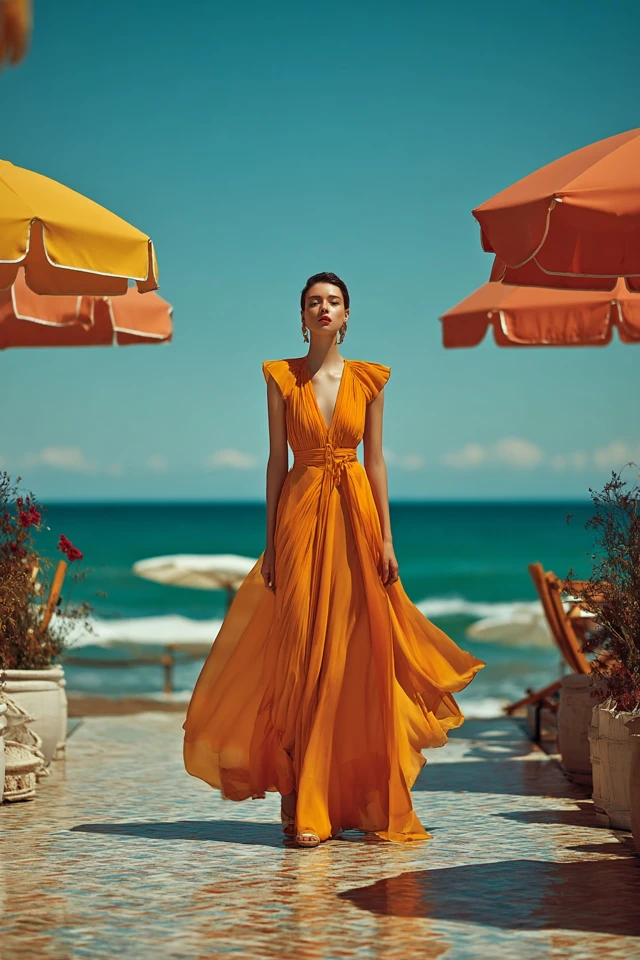
Color Psychology & Emotional Impact
Color is often the first visual cue others notice, influencing immediate judgments and how we feel internally. Research from color psychology underscores that certain shades trigger specific emotional responses—vital knowledge when creating a summer cottagecore wardrobe that embodies tranquility and joy.
Soft Greens and Sage: Represent harmony and renewal. These soothing hues connect wearers to nature, reducing stress and evoking balance—perfect for outdoor gatherings or reflective afternoons.
Warm Neutrals and Earth Tones: Colors like beige, caramel, and muted browns evoke reliability and groundedness. They create an inviting vibe that fosters feelings of safety and comfort, essential qualities for a wardrobe meant to ease and uplift.
Delicate Pastels: Soft pinks, lilacs, and buttery yellows are linked to kindness, femininity, and lightness. These tones brighten the complexion and elicit a gentle confidence that is both playful and serene.
Scientific studies reveal that first impressions are formed within seconds, heavily influenced by color cues. Thus, choosing the right palette ensures your cottagecore ensembles not only reflect your personality but also enhance your perceived approachability and warmth.
Personal Style & Body Type Considerations
Cottagecore is inherently flexible and inclusive, accommodating a range of bodies and complexions. Success lies in selecting silhouettes, fabrics, and hues that highlight your unique features and boost comfort.
Silhouettes
- Hourglass: Embrace fit-and-flare dresses that accentuate the waist. Peasant tops paired with subtly tailored skirts create balance.
- Pear-shaped: A-line skirts and empire waist designs draw focus upward while softly skimming hips.
- Apple-shaped: Shift dresses and flowing tunics provide comfort and disguise midsection while maintaining a polished look.
- Rectangular: Use ruffles, puff sleeves, and belted waists to create curves and dimension.
Fabrics
Natural, breathable fabrics like cotton, linen, and hemp are staples for summer cottagecore. They provide comfort, texture, and authenticity. Avoid overly stiff or synthetic materials that can disrupt the natural ease of movement and aesthetic.
Hues for Complexions
- Warm undertones: Earthy shades like mustard, olive, and coral enhance radiance.
- Cool undertones: Pastels such as lavender, soft blue, and mint green lend freshness.
- Neutral undertones: Versatility allows for experimenting across palettes; muted jewel tones and dusty pinks are flattering.
Self-Reflection Checklist
- Do I prioritize comfort or structure in my garments?
- Which colors make me feel most like myself?
- Which silhouettes best complement my body shape without compromising ease of wear?
- Do my fabric choices feel harmonious with the summer heat and my daily activities?
Current Trends & Timeless Classics
Summer cottagecore thrives on a delicate balance between embracing fresh trends and respecting timelessness. Currently, designs featuring puff sleeves, embroidered details, and prairie-inspired ruffles dominate the scene. Soft chambray fabrics and crochet accents have made a significant comeback, connecting past craftsmanship with contemporary taste.
On the color front, muted sage, dusty rose, and creamy beige dominate trend forecasts. These shades harmonize with traditional cottagecore palettes while offering modern appeal. Pairing these hues with enduring staples like white eyelet blouses, high-waisted linen trousers, or vintage-inspired straw hats creates a wardrobe that feels both fresh and thoughtfully curated.
Incorporating a few trend-driven accessories—such as pearl hair clips, woven baskets, or delicate gold jewelry—allows for seasonal updates without overwhelming your foundational pieces.
Practical Tips & Recommendations
Shopping Advice
- Choose quality over quantity: Invest in well-made pieces that age gracefully with gentle wear.
- Scout secondhand options: Vintage shops and online marketplaces offer authentic cottagecore finds at affordable prices.
- Prioritize natural fibers: Linen, cotton, and hemp enhance breathability and align with sustainable values.
Wardrobe Maintenance
- Hand wash delicate lace and embroidery to maintain detail integrity.
- Store garments in breathable garment bags to prevent fabric damage.
- Use cedar blocks or lavender sachets to deter moths and infuse subtle scents.
Layering & Versatility
Layering light cardigans or cropped jackets over sundresses extends usability into cooler evenings. Scarves in complementary hues can add color dimension and texture while doubling as sun protection.
Accessory Recommendations
- Opt for wicker handbags or straw totes that enhance the pastoral aesthetic.
- Delicate gold or pearl jewelry enhances femininity without overpowering.
- Simple leather sandals or ballet flats anchor your look in comfort and style.
Color Combos to Try
- Soft sage green dress with creamy beige accessories.
- Dusty rose blouse paired with white linen trousers and brown leather sandals.
- Light chambray skirt with pale yellow cropped cardigan and straw hat.
FAQs
1. What is the signature color of summer cottagecore?
While there is no strict signature color, soft pastels and earthy earth tones dominate the aesthetic. Think muted sage, dusty rose, cream, and warm beige tones that evoke nature and softness.
2. How can I update my cottagecore wardrobe on a budget?
Focus on thrifting vintage pieces, swapping with friends, and gradually adding accessories or staples made from natural fabrics. Prioritizing quality over quantity prevents wasteful spending over time.
3. Is cottagecore suitable for all body types?
Absolutely. The style’s embrace of loose, flowing, and layered garments allows for versatile adaptations that flatter all shapes while maintaining comfort.
4. Can I mix cottagecore with more modern fashion trends?
Yes, blending cottagecore with subtle modern elements—such as pairing oversized blazers with prairie skirts or statement sneakers with vintage-inspired dresses—can create a fresh and unique personal style.
5. What does dressing to impress mean within cottagecore?
It means choosing clothing that reflects your authentic self while boosting your confidence and comfort, rather than conforming to external pressures. Cottagecore’s cozy elegance lends itself well to dressing thoughtfully with intention.
Conclusion
Building a summer cottagecore wardrobe is more than assembling pretty pieces—it’s a journey into self-expression, comfort, and psychological empowerment. By understanding the subtle emotional impacts of color, aligning silhouettes with your body type, and blending timeless classics with current trends, you craft a look that feels authentic and inspiring.
Don’t hesitate to experiment with soft hues, delicate fabrics, and thoughtful layering to uncover what resonates uniquely with you. Your clothing can serve as a quiet celebration of nature’s beauty and your individuality.
If this guide has inspired your cottagecore explorations, I warmly invite you to share your experiences in the comments, exchange styling ideas with our community, and subscribe for more insights into dressing to impress through fashion psychology and design.

